On July 8, a ceremony announcing the SUSTech Guangming Advanced Research Institute was officially settled in Guangming Science City. In the same event, the 2024 Proof of Concept (POC) Camp for Biomedicine Research kicked off.
The event was presided over by Ruijun TIAN, Director of the Technology Transfer Center at SUSTech, and was attended by notable guests from the Guangming District government, including Ying CAI, Party Secretary of the Guangming District Committee of Shenzhen.
The presence of Vice President Xueming YANG, members of the CAS, faculty members from SUSTech, and the camp team members contributed to a total of over 100 participants.
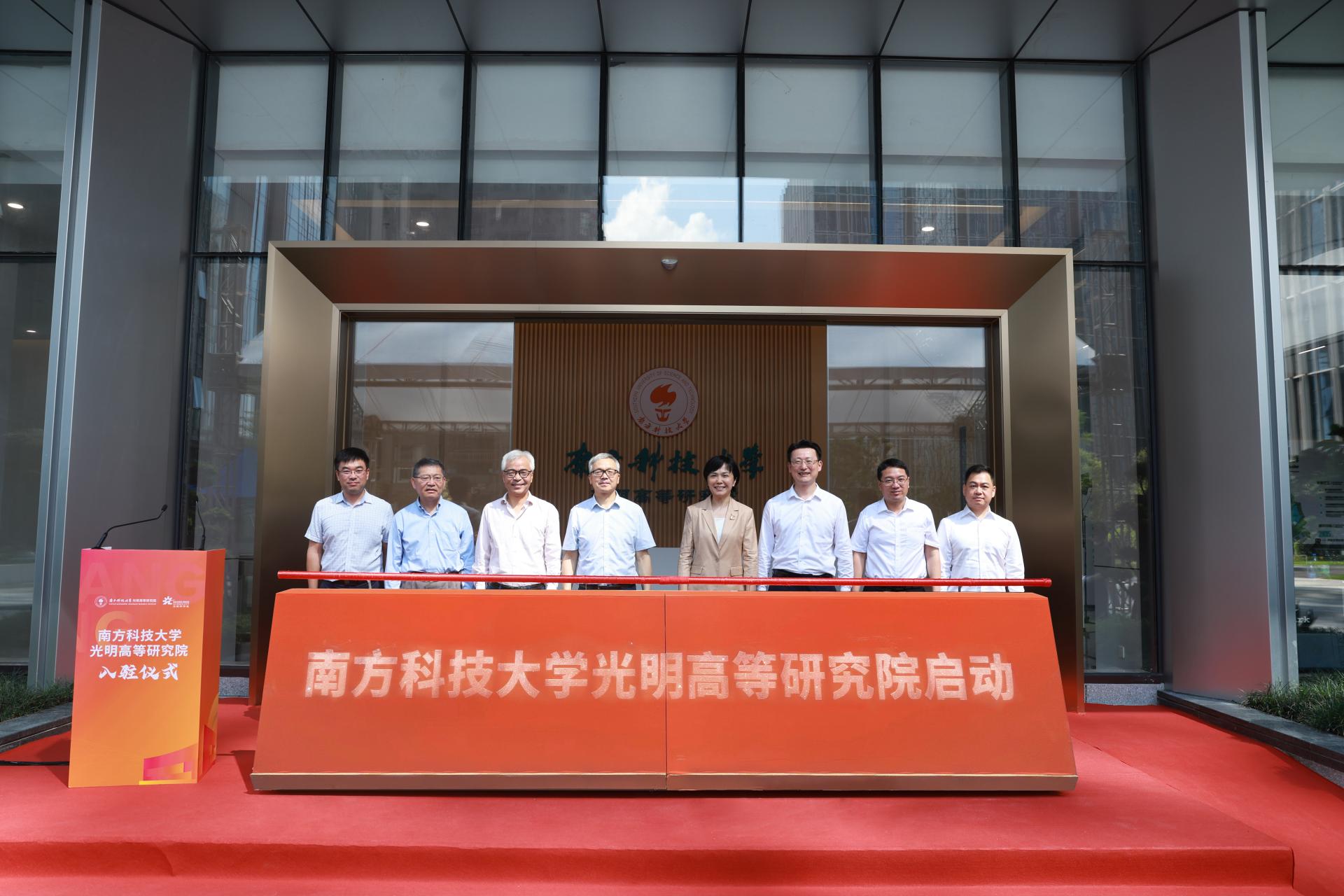
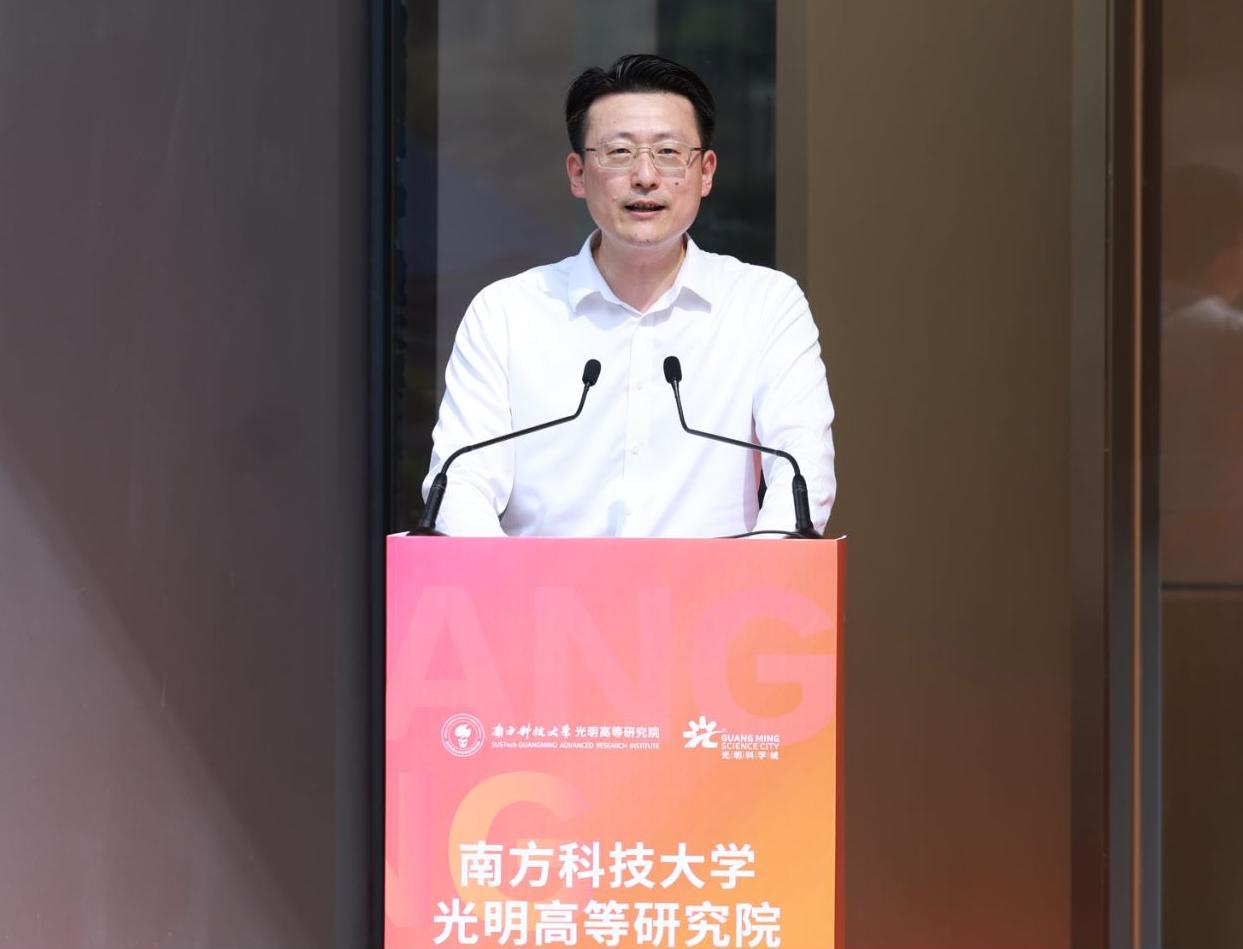
Gaoke YAO highlighted that the SUSTech Guangming Advanced Research Institute brings eight scientific research centers to the district, including the Center for Advanced Light Source, the Research Center for Chemical Biology and Omics Analysis, and the Institute of Innovative Materials. These new institutes will play a crucial role in core technology research and achievement transformation, contributing to the innovation ecosystem of Guangming Science City.
He emphasized that establishing the institute in Guangming provides SUSTech with an opportunity to leverage high-density innovation resources and capabilities, becoming a new driving force for economic and social development in the district. He also expressed hope that the institute will strengthen cooperation between government, industry, academia, and research, promoting the implementation and transformation of more scientific research results and helping Guangming become a hub for scientific research and economic innovation.
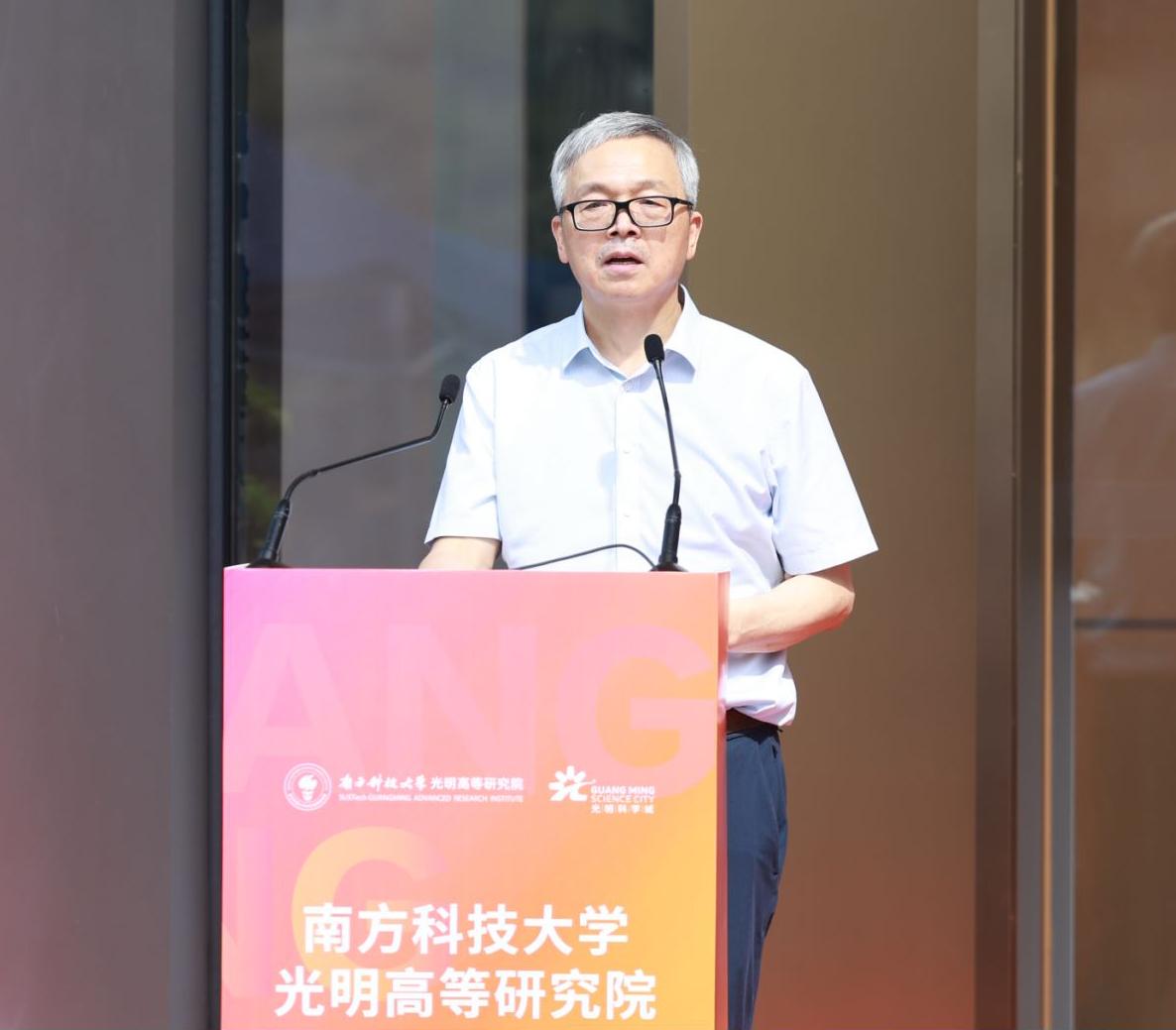
Xueming YANG remarked that the SUSTech Guangming Advanced Research Institute marks a new chapter of cooperation and coordinated development between SUSTech and Guangming District. With the strong support of the Guangming District Party Committee and Government, SUSTech has established this institute along with other coordinated assignments such as the large-scale scientific facilities of the material genome and free electron laser projects.
He noted that the institute will focus on the needs of Guangming Science City and the development of large scientific facilities, building a high-end industry-university-research integrated R&D base centered on major scientific and technological infrastructure. It will prioritize the export of advanced light sources, innovative materials, and biomedical applications, and establish core technology platforms such as biomass spectrometry and high-throughput screening. This will help link scientific research results with market-feasible products, contributing to the innovation and development of biomedical and other industries in the Guangdong-Hong Kong-Macao Greater Bay Area (GBA).

Following the ceremony, guests toured the exhibition hall and laboratory of the SUSTech Guangming Advanced Research Institute to gain an understanding of its current status, development plan, strategic structure, and future vision.
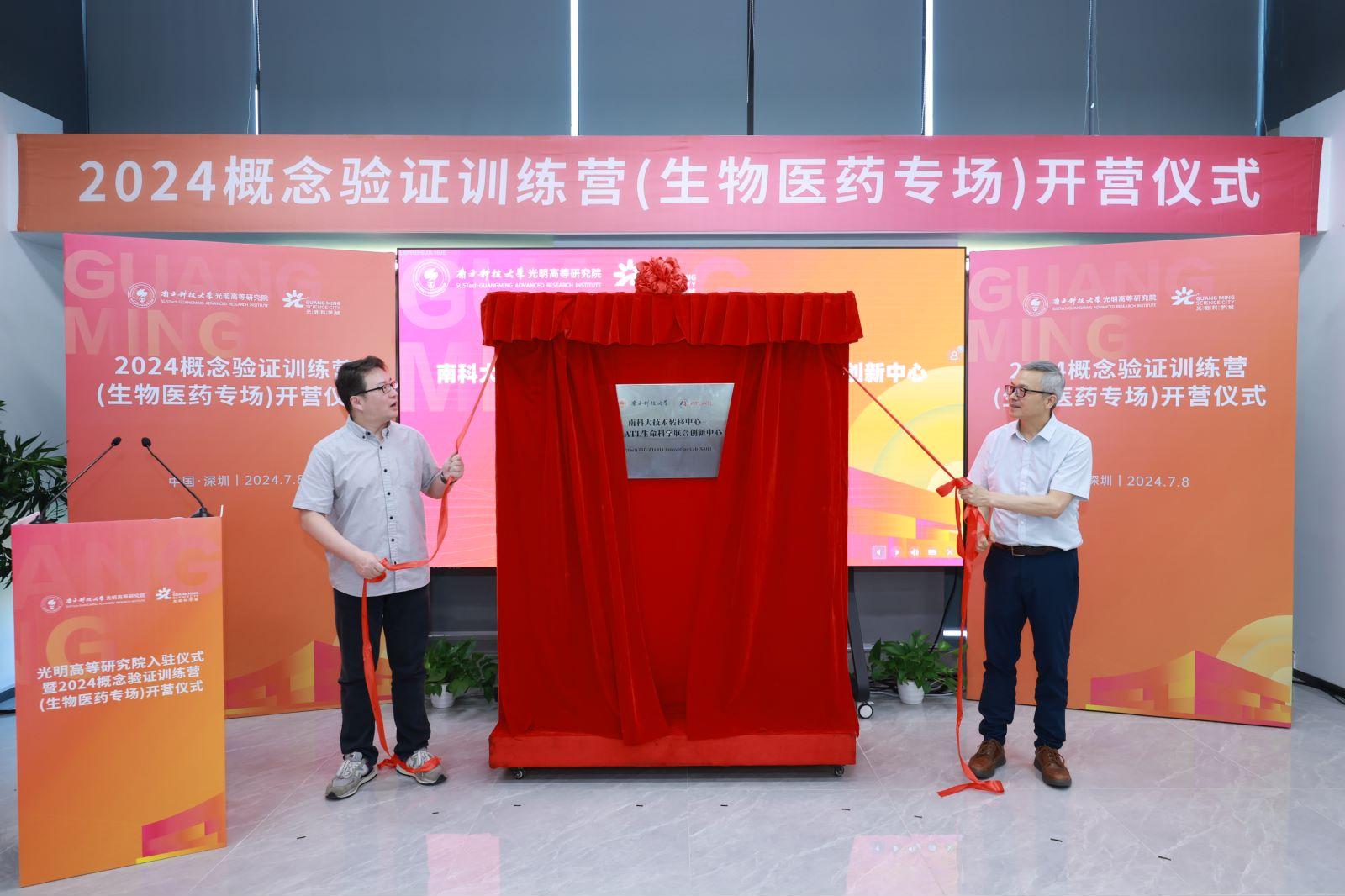
Xueming YANG and Pengcheng ZHU, Founder and CEO of ATLATL Innovation Center, also unveiled the SUSTech Technology Transfer Center-ATLATL Life Science Joint Innovation Center. Both parties will work together to build the innovation center into a platform integrating industrial technology R&D, talent training, and transformation of achievements.
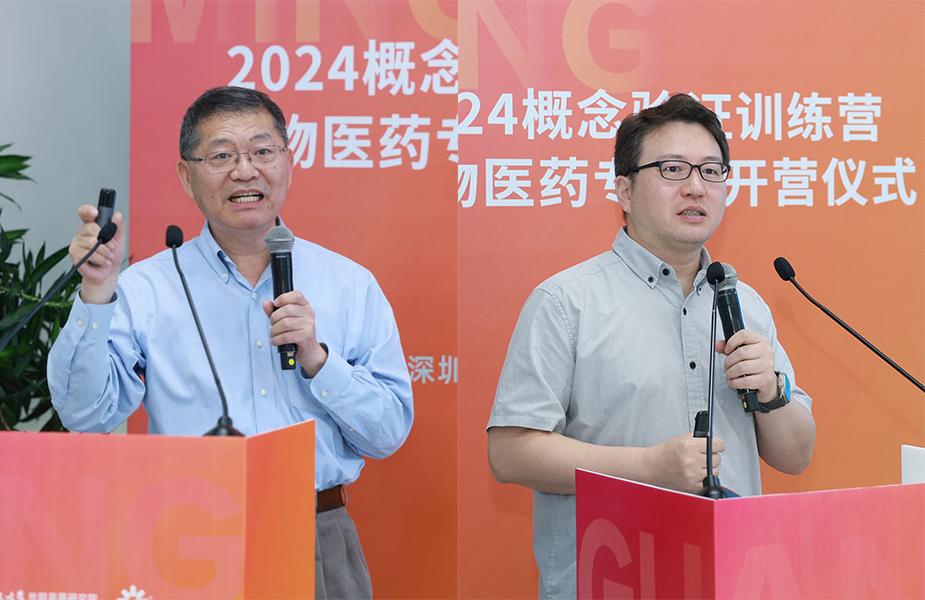
During the discussion session, Dawei MA shared insights on the development history, challenges, and new opportunities in R&D in innovative medicines. He emphasized that developing innovative medication is a viable way to transform achievements and expressed optimism that more Chinese innovative medication would reach the global market.
Pengcheng ZHU discussed the realization of innovation transformation through life science engineering, highlighting ATLATL’s benchmark status among the world’s top biomedical R&D laboratories and its goal to establish a network of innovative R&D centers. This collaboration with SUSTech aims to empower high-quality scientific research achievements in biomedicine and jointly support the innovation, integration, and development of the GBA.

A roundtable discussion featured experts from academia, industry, and investment, who shared their perspectives on the biomedical industry, offering insights on the industrialization process at each life stage of the biomedical chain.
Proofread ByYingying XIA
Photo ByTechnology Transfer Center